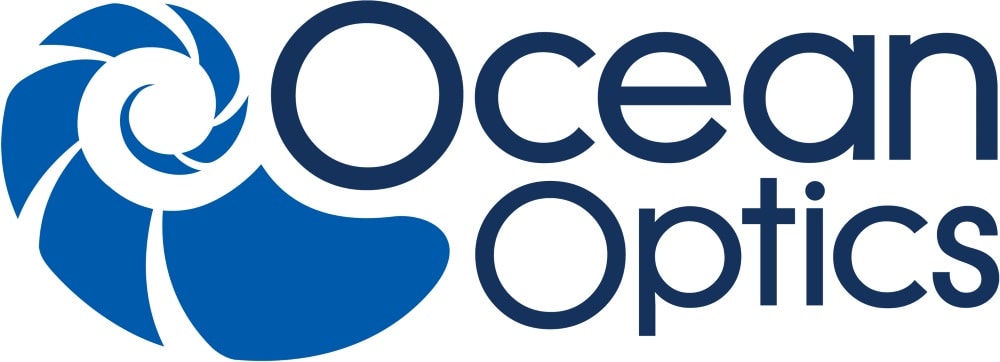The increased use of both medical and recreational cannabis in combination with its expanding legal acceptance in several US states1 has led to demanding cannabis safety and quality control testing. Analytical testing typically includes cannabinoids profiling/potency, mycotoxins, terpenes, residual solvents, metals, and pesticide residues analysis. Pesticides are of particular interest as they are widely used in the cultivation of cannabis plants to safeguard against harmful insects and to promote crop yields. The application of pesticides is strictly regulated,2 and their residues in cannabis products are closely monitored by state regulatory agencies in order to protect consumers. The number of regulated pesticides that are required to be monitored varies by state as do the action limits which range from 0.01 μg/g (10 ppb) to above 1 μg/g (1 ppm).
In addition to pesticides, cannabis intended for inhalation, ingestion, or topical application must also be tested for mycotoxins. Mycotoxins, including aflatoxins and ochratoxins, are naturally occuring toxins produced by certain strains of mold. This mold, or mycotoxin contamination, can occur during either cultivation or storage and the toxins produced present a serious health risk to consumers. Routine testing for mycotoxins at low levels is critical to ensure the health of consumers, particularly those who may already have compromised health. As with pesticides, a robust and rapid test is critical and single simultaneous test for pesticides and mycotoxins is ideal.
Multi-residue compound detection is routinely performed using tandem quadrupole mass spectrometry (MS/MS) in combination with liquid chromatography (LC) and gas chromatography (GC). Both LC-MS/MS and GC-MS/MS are commonly used for multi-residue pesticide analysis as some residues are only amenable to either LC or GC. Tandem quadrupole MS is the detector of choice as it provides high sensitivity and selectivity for simultaneous analysis of hundreds of pesticides at low ng/g (ppb) levels in a single analysis.
In this application note, we present the use of a simple sample extraction and dSPE cleanup where the resulting extract is analyzed by UPLC-MS/MS and/or GC-MS/MS for rapidly monitoring pesticides and mycotoxins in cannabis matrix to meet California regulations. With the variety of residues to be monitored as well as the continued possibility of new ones being added, method generation can be a tedious task. In this study, full analytical methods full analytical methods including LC, GC and MS methods were utilized from Quanpedia eliminating the need for method development for the California pesticide and mycotoxin lists.

>> Download the full Application Note as PDF
Kim Tran,1 Kari Organtini,1 Marian Twohig,1 Michael Young,1 Gareth Cleland,1 Ken Rosnack,1 Naren Meruva,1 Gordon Fujimoto,2, Rebecca Stevens,3 James Roush,3 and Christopher Hudalla3
1 Waters Corporation, Milford, MA, USA; 2 Waters Corporation, Beverly, MA, USA; 3 ProVerde Laboratories, Milford, MA, USA





